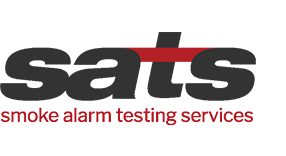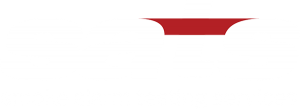Why are Smoke Alarms so loud? Its quite simple, to get your attention! If you are asleep, you need a loud, unexpected noise to wake you. If you are in a deep sleep, wear earplugs or require medication, it must be loud enough to cover these circumstances too. Smoke Alarms are designed to be heard over maximum ambient sound (e.g. vacuuming, watching TV, listening to music). They need to be louder than the general noise created in your home as fires can happen at any time.
Can a Smoke Alarms damage your hearing?
A Smoke Alarm gives out a signal of around 85 decibels. Even if we assume it emits a sound of 90 decibels, your hearing is still safe and will only be at risk after an hour or so.
Usually, noises below 75 decibels are safe. With stronger sounds, don’t expose your ears for too long. For example, with sounds of 85 decibels, you reach the safety limit after 8 hours.
Smoke Alarms detect smoke, alert you and provide critical seconds to implement actions and get out of the property. This is why Smoke Alarm sirens are required to sound louder than ambient noises.
To be exact, Smoke Alarms are required to be 15 decibels above the average noise level or 5 decibels above the maximum ambient sound, whichever is greater.
So for the short amount of time you are exposed to the sound of a smoke alarm, it will not cause any permanent damage to your hearing.
Need assistance in checking if your Smoke Alarms meet the minimum decibel requirement? Contact us on 0508 766 532 or email info@sats.co.nz
SATS

